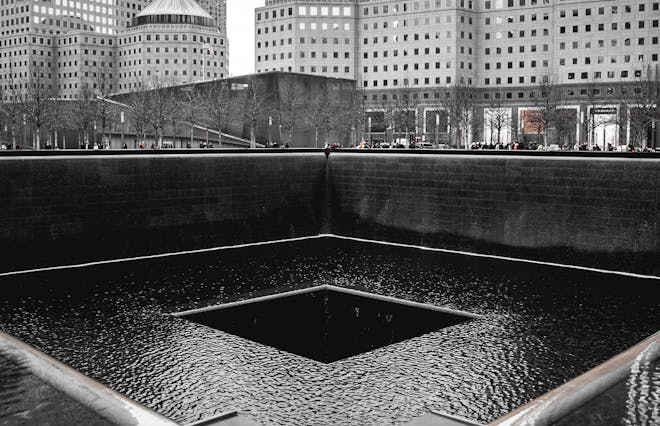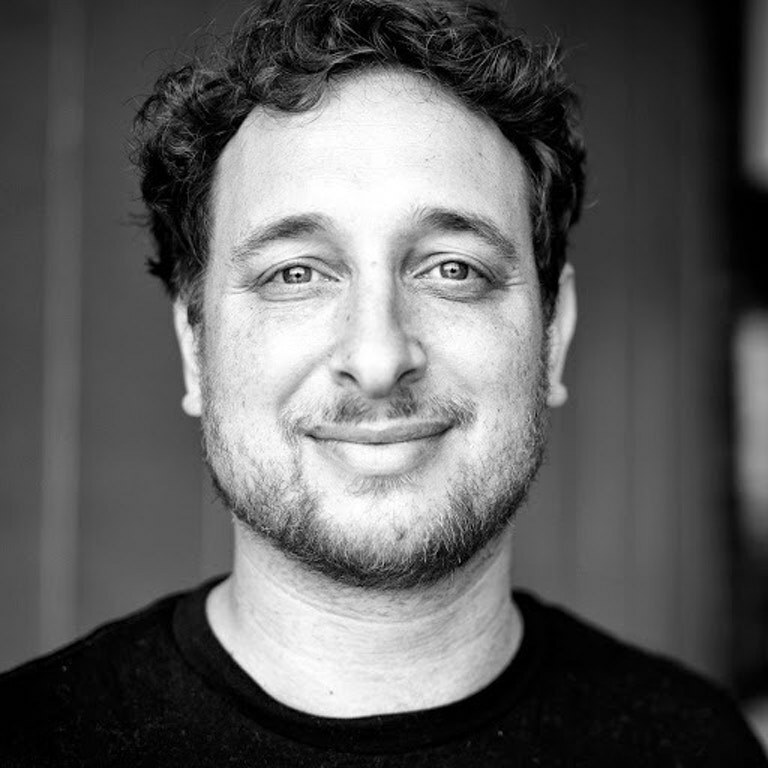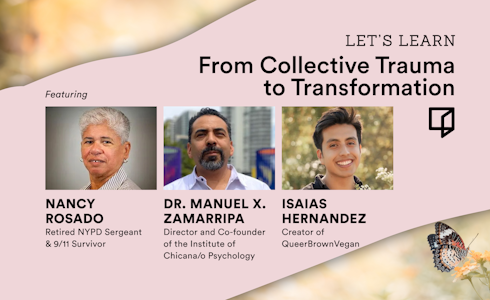Collective Trauma: An In-Depth Exploration



May 01, 2023
Related Event

When we think of trauma, we often think of the individual—a person struggling with the aftereffects of a harrowing experience. But trauma can also transcend individual experiences, affecting entire communities or societies.
In this blog post, we will delve into the concept of collective trauma, discussing its definition, causes, effects, and potential methods for healing.
What is Collective Trauma?
Collective trauma refers to the psychological, emotional, and social wounds that result from a shared experience of adversity, pain, or loss that affects a group of people, a community, or an entire society. This type of trauma occurs when a significant event or series of events disrupts the fabric of a community, leading to a shared sense of helplessness, vulnerability, and a common grief. Collective trauma can manifest in various forms, including shared emotional responses, social disintegration, and long-lasting effects on a community's culture, beliefs, and values.
Causes of Collective Trauma
Collective trauma can result from a wide range of events, some of which include:
Natural Disasters: Earthquakes, hurricanes, tsunamis, and other devastating natural events can cause widespread destruction, loss of life, and displacement, leading to collective trauma.
War and Conflict: Prolonged exposure to violence, loss of loved ones, and forced migration can create a shared experience of pain and suffering for entire populations.
Terrorism: Acts of terror can instill fear and powerlessness within a society, leading to a shared sense of vulnerability and trauma.
Mass Shootings: These events can leave communities struggling to make sense of the violence and searching for ways to heal from the psychological and emotional wounds.
Genocide and Ethnic Cleansing: The systematic persecution and extermination of a particular group can create a shared experience of trauma for survivors and their descendants.
Public Health Crises: Epidemics and pandemics, such as COVID-19, can cause widespread fear, grief, and trauma as societies face illness, death, and isolation.
Isaias Hernandez, an environmental justice educator, brings attention to the need for climate justice and its connection to collective trauma. He shares his personal experience, stating, "At a young age, I realized that there were moments in my life that I was never able to leave my apartment because the smog was bad. Being in poverty really deprived me from having access to clean spaces" (Godin, 2022).
In an interview on NPR, Manuel Zamarripa discusses the impact of mass shootings on communities and the collective trauma that ensues. He explains, "When these tragedies occur that are so out of the norm and we hear about them so often, it can have that impact where our basic sense of safety sometimes can be questioned, if not threatened, and we begin to see ourselves in these tragedies. And I think that is one of the things that leads to what we call secondary trauma" (Deggans, 2022).
Effects of Collective Trauma
Collective trauma can have profound and far-reaching effects on individuals and communities. Some of these effects include:
Emotional and Psychological Distress: Individuals may experience symptoms of post-traumatic stress disorder (PTSD), depression, anxiety, and other mental health issues.
Social Disintegration: A sense of trust, cohesion, and belonging within a community may be weakened or destroyed as a result of collective trauma, leading to social fragmentation and isolation.
Intergenerational Transmission: The effects of collective trauma can be passed down through generations, as children and grandchildren inherit the emotional, psychological, and cultural consequences of their ancestors' experiences.
Cultural Shifts: Collective trauma can lead to changes in a society's culture, beliefs, and values as communities attempt to make sense of their experiences and find ways to heal.
Retired NYPD sergeant and clinical social worker Nancy Rosado focuses on supporting others with PTSD, highlighting the emotional and psychological distress caused by collective trauma. Speaking about her work with UCF Restores, a program focused on helping first responders, military veterans, and survivors of sexual assault among others suffering from posttraumatic stress disorder, Rosado says, "It’s pretty remarkable that they’ve been able to wrap their minds around, ‘OK, how do we approach? How do we get people to buy into their own mental health?’" (Cardona, 2021).
Rabbi Tirzah Firestone’s work on intergenerational trauma emphasizes the long-lasting effects on a community's culture, beliefs, and values. Rabbi Tirzah explains in a Psychology Today article, "It’s only in the past several years that evidence of the transference of trauma has been studied in depth. In my own life, the residues of war were deeply imprinted in my parents... but they kept their horrors a secret. It was only when I began to seriously study trauma science at midlife that I was able to identify their behaviors as the sequelae of trauma" (Kushner, 2022).
Healing from Collective Trauma
Healing from collective trauma is a complex process that requires the involvement of individuals, communities, and broader society. Some additional potential strategies for healing include:
Acknowledgment and Validation: Recognizing and validating the experiences of those affected by collective trauma is a crucial first step in the healing process.
Mental Health Support: Providing access to mental health care for individuals struggling with the psychological and emotional effects of collective trauma is essential.
Community Rebuilding: Strengthening social bonds and fostering a sense of belonging can help communities recover from the effects of trauma and regain a sense of cohesion.
Rituals and Commemoration: Creating rituals, memorials, or other commemorations can provide a space for collective mourning and healing.
Intergenerational Dialogue: Encouraging conversations between different generations can help to promote understanding, empathy, and healing, as well as prevent the transmission of trauma to future generations.
Restorative Justice: Implementing restorative justice practices can help to address the root causes of collective trauma, foster reconciliation, and promote healing for both victims and perpetrators.
Education and Awareness: Raising awareness and educating people about the causes and effects of collective trauma can help to create a more empathetic and supportive society.
Resilience Building: Strengthening individual and community resilience through skill-building, resource development, and social support networks can better equip communities to cope with and recover from future traumatic events.
The organization Giffords champions community violence interventions as a potential strategy for healing. "Community violence intervention (CVI) refers to a set of non-punitive, community-led strategies that are designed to interrupt the transmission of violence by engaging those at highest risk through the provision of individually tailored support services."
In conclusion, collective trauma is a complex and far-reaching phenomenon that can have significant effects on individuals, communities, and entire societies. Understanding the causes, effects, and potential methods for healing is crucial in order to support those affected by collective trauma and to promote resilience in the face of adversity. By acknowledging and validating the experiences of those impacted, providing mental health support, fostering community rebuilding, and promoting intergenerational dialogue, we can begin to heal the wounds of collective trauma and work towards a more empathetic, resilient, and connected society.
–
Join Reimagine's May journey, From Collective Trauma to Transformation. In this three-part series, we’ll understand what seemingly disparate collective traumas have in common. And through the stories of mental health professionals, activists, and survivors, we’ll explore how creative expression, acts of service, and various forms of spirituality can help us navigate a pathway forward.
Related Event


